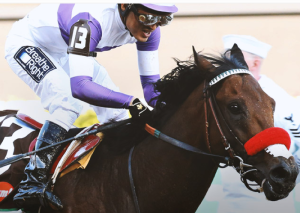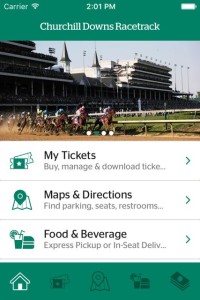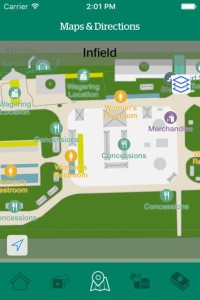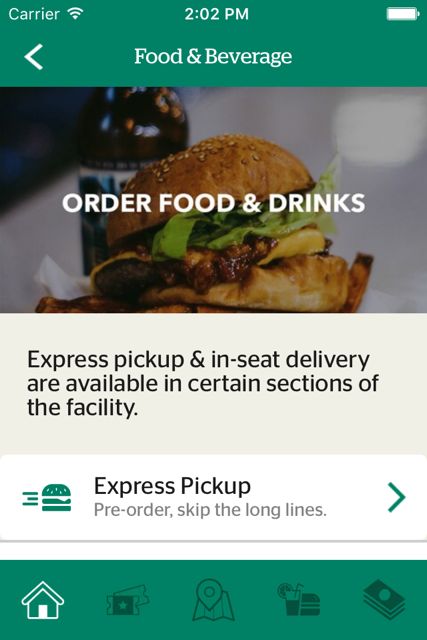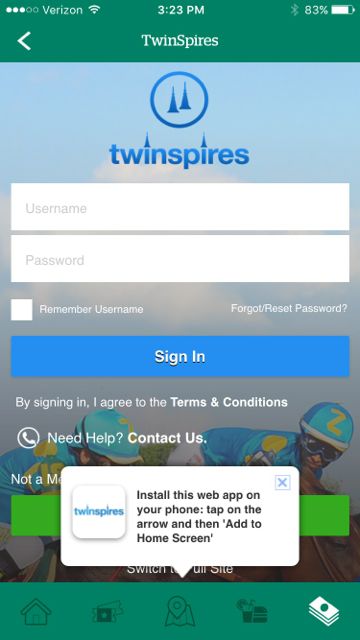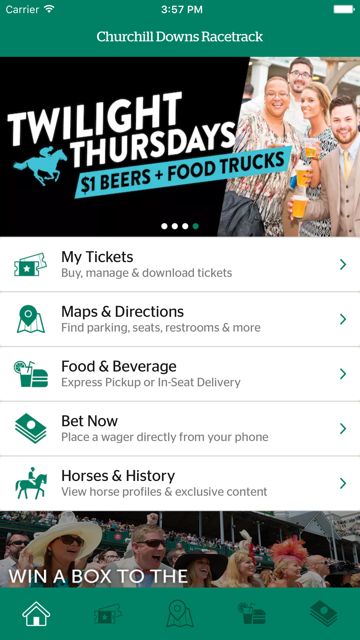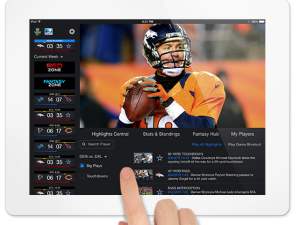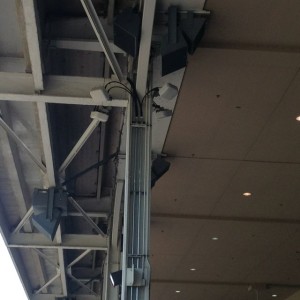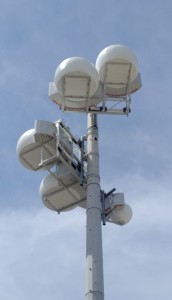For the entire “Derby weekend” — a two-day stretch that also includes the Kentucky Oaks race on Friday — the carriers saw a combined 20.15 TB of data, with AT&T hitting 11.4 TB for the weekend and Verizon 8.75. Those totals are pretty stunning, when you realize that just two years ago AT&T only saw 2 TB of traffic on its DAS and associated infrastructure (which includes temporary cell towers on trucks and nearby macro towers), and Verizon customers used just 1.37 TB of data.
More evidence of wireless traffic growth can be found in the AT&T claim that it saw 815 GB of traffic on its network in a single hour last Saturday, easily the high number ever for AT&T at any kind of event. AT&T said that peak hour was from 6 p.m. to 7 p.m. Eastern time, when the big race was held and favorite Nyquist won. In 2014, that peak hour for AT&T saw 180 GB of traffic, a number that we thought was big then. Verizon, which like AT&T added capacity to its infrastructure at Churchill Downs prior to this year’s race, also said it saw a traffic spike around the time of the big event. By comparison, AT&T said that at this year’s Super Bowl 50 at Levi’s Stadium it saw 201 GB of traffic on its DAS network just after kickoff.
When it comes to DAS the Derby now falls just behind the Super Bowl for DAS totals with 12.2 TB to 15.9 TB, though the Derby number could get closer if and when we get numbers from T-Mobile and Sprint. And yes, granted it’s a much bigger crowd (the Derby had its second-highest attendance ever with 167,227 — just a few thousand less than the record of 170,513 set last year. We also don’t have any stats yet for usage of the new Churchill Downs app, but it does appear betting was up this year, maybe due to app integration?
